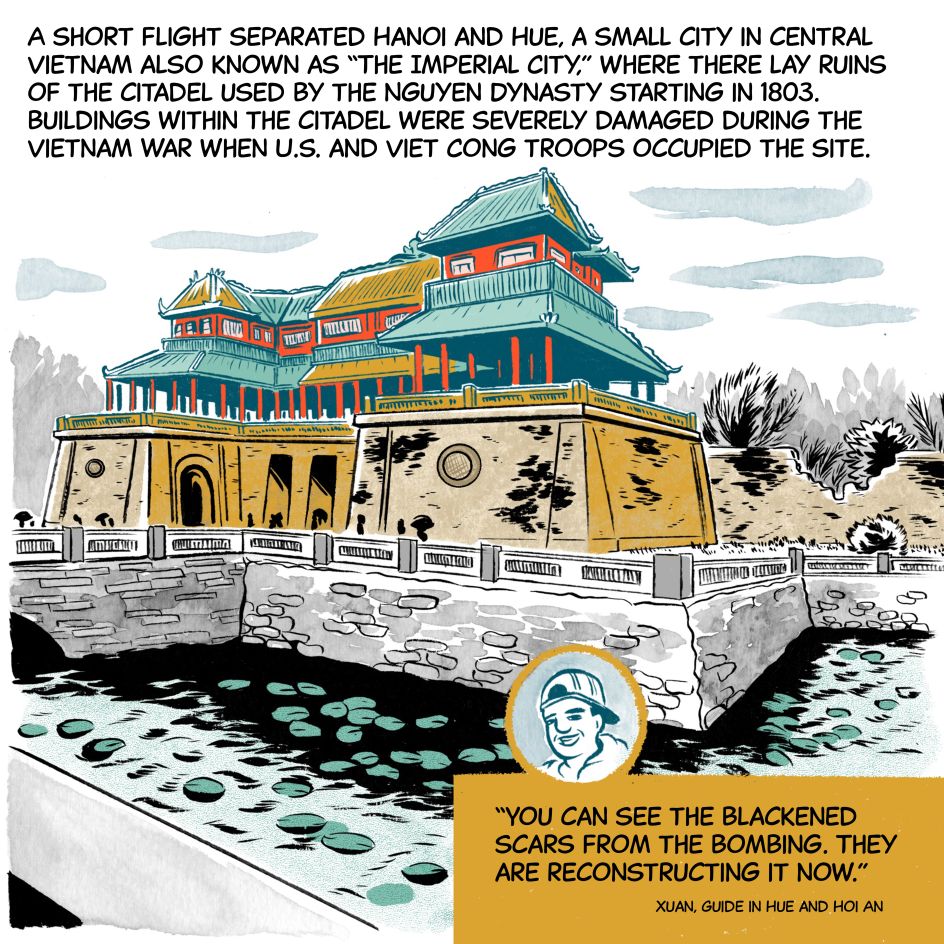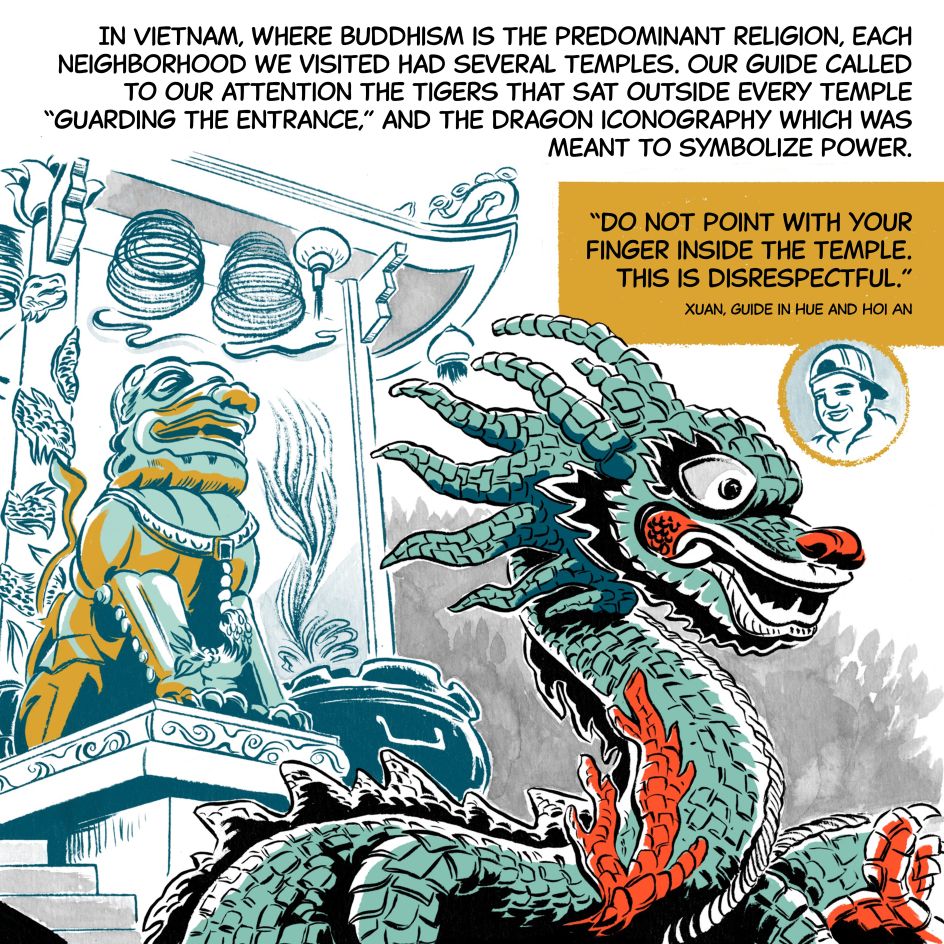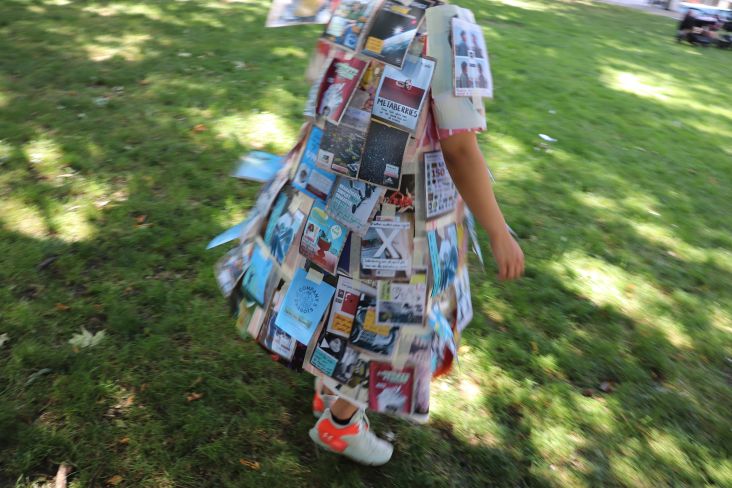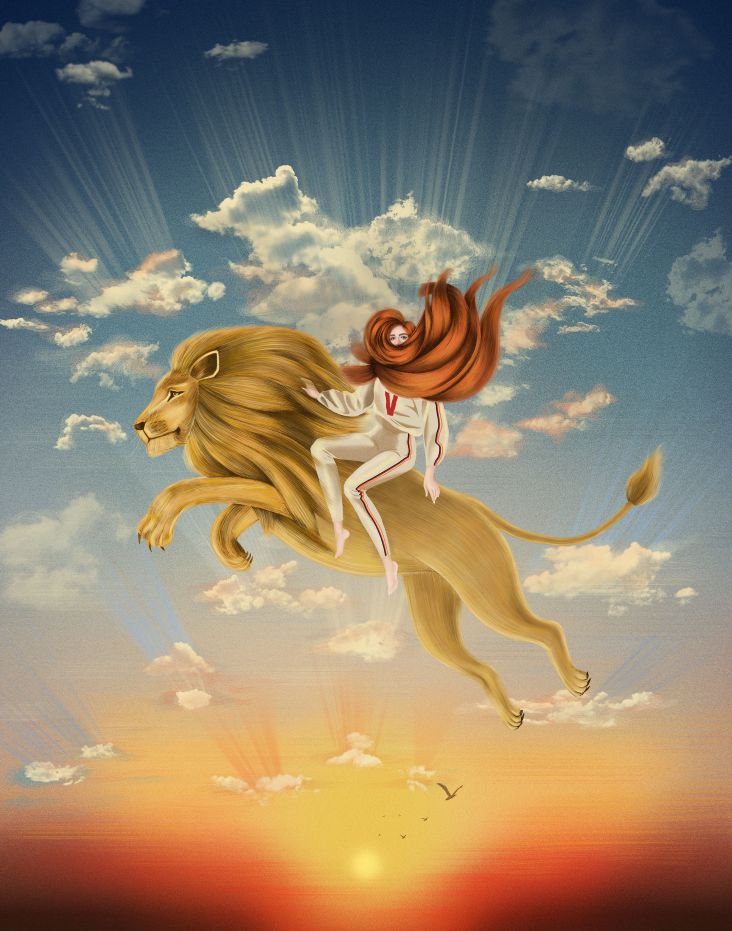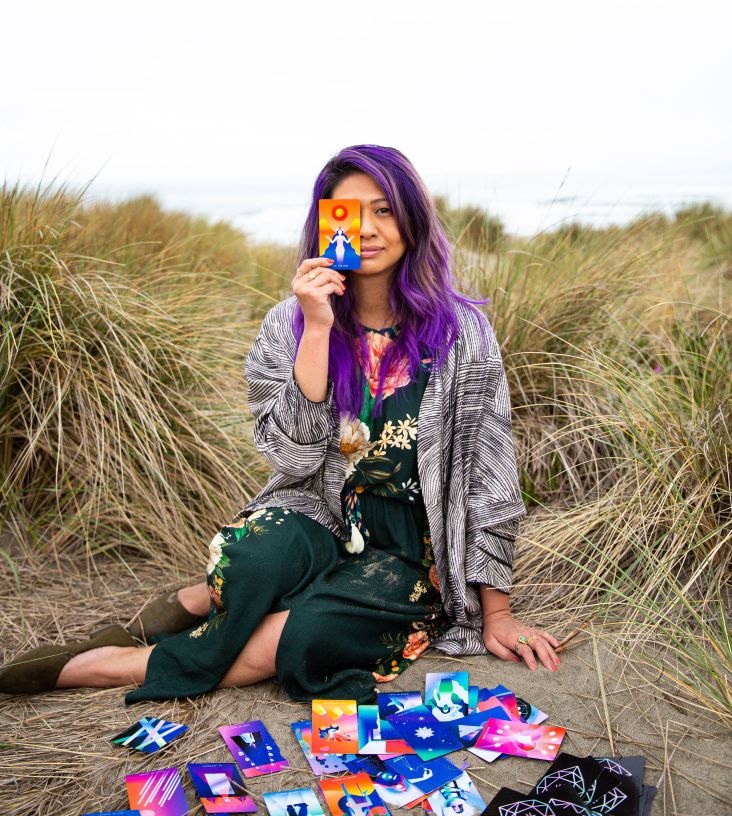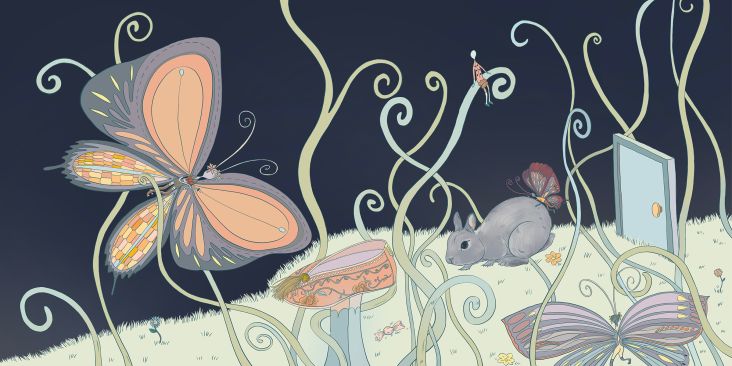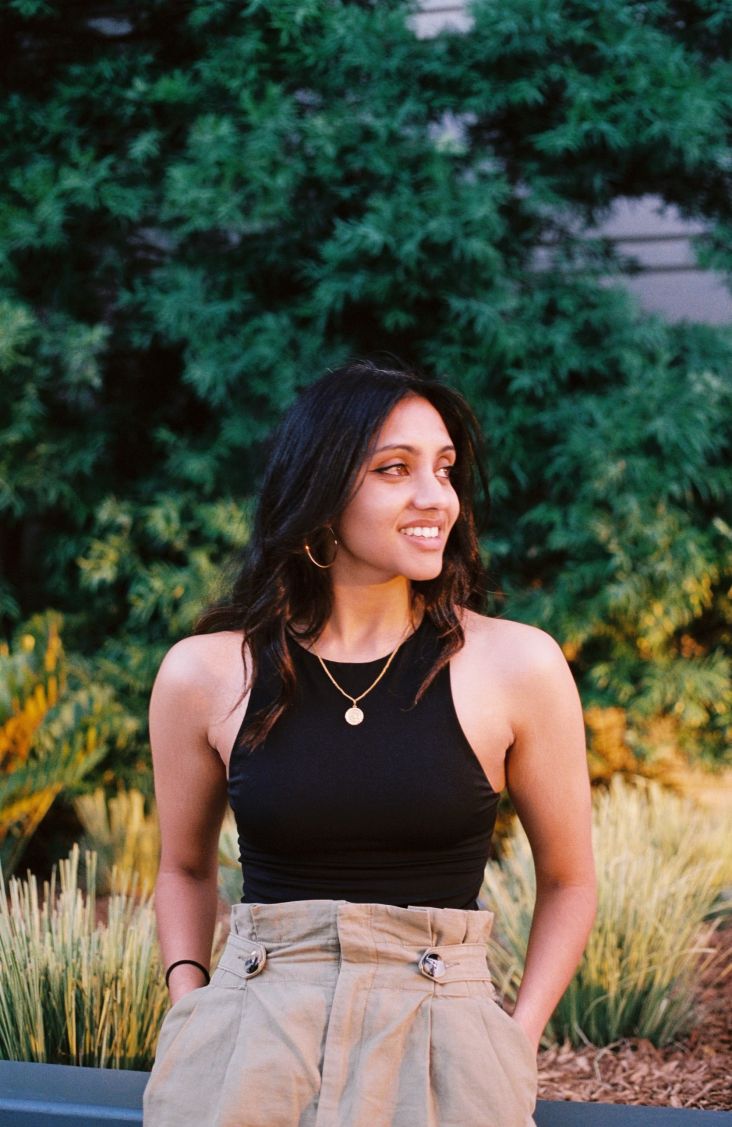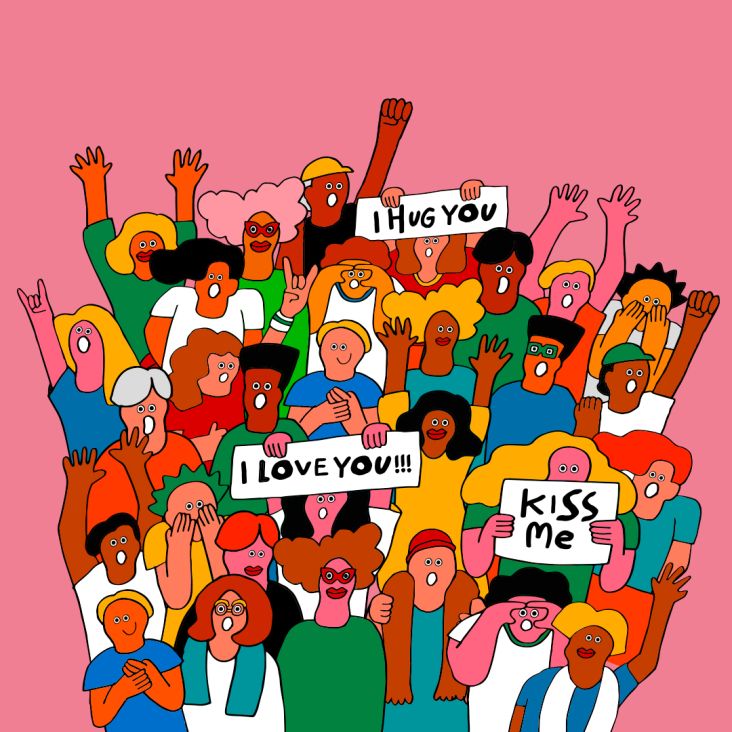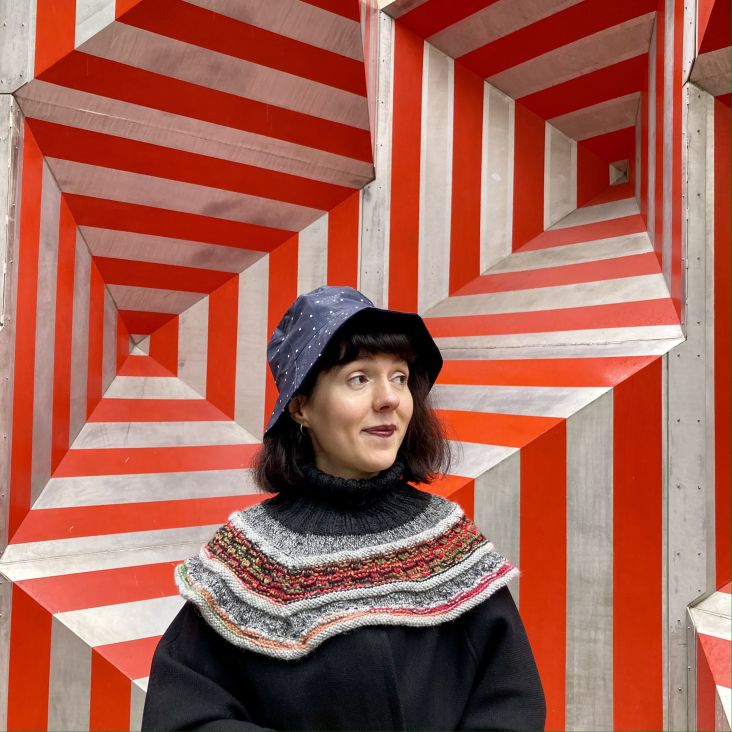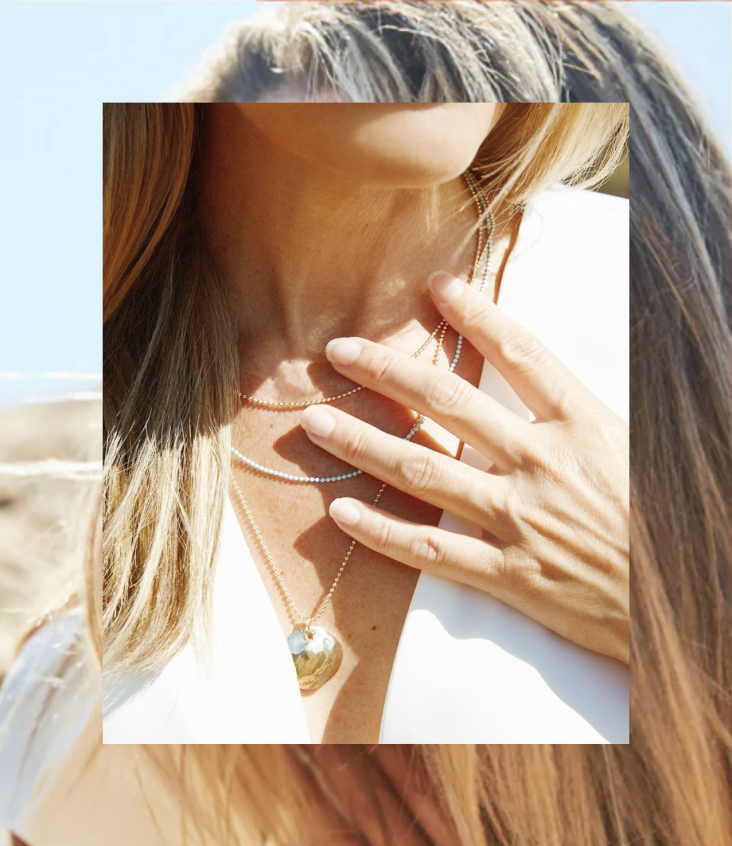Margaret Flatley on creating narrative stories, how to draw dynamic compositions, and why she's lured to the fantastical
When she's not working as a senior designer at Bustle Digital Media, Brooklyn-based illustrator, comic artist and designer Margaret Flatley is busy conjuring up her own magical narrative stories. We caught up with her to discover how she shaped her career and what to keep in mind if you want to follow in her footsteps.
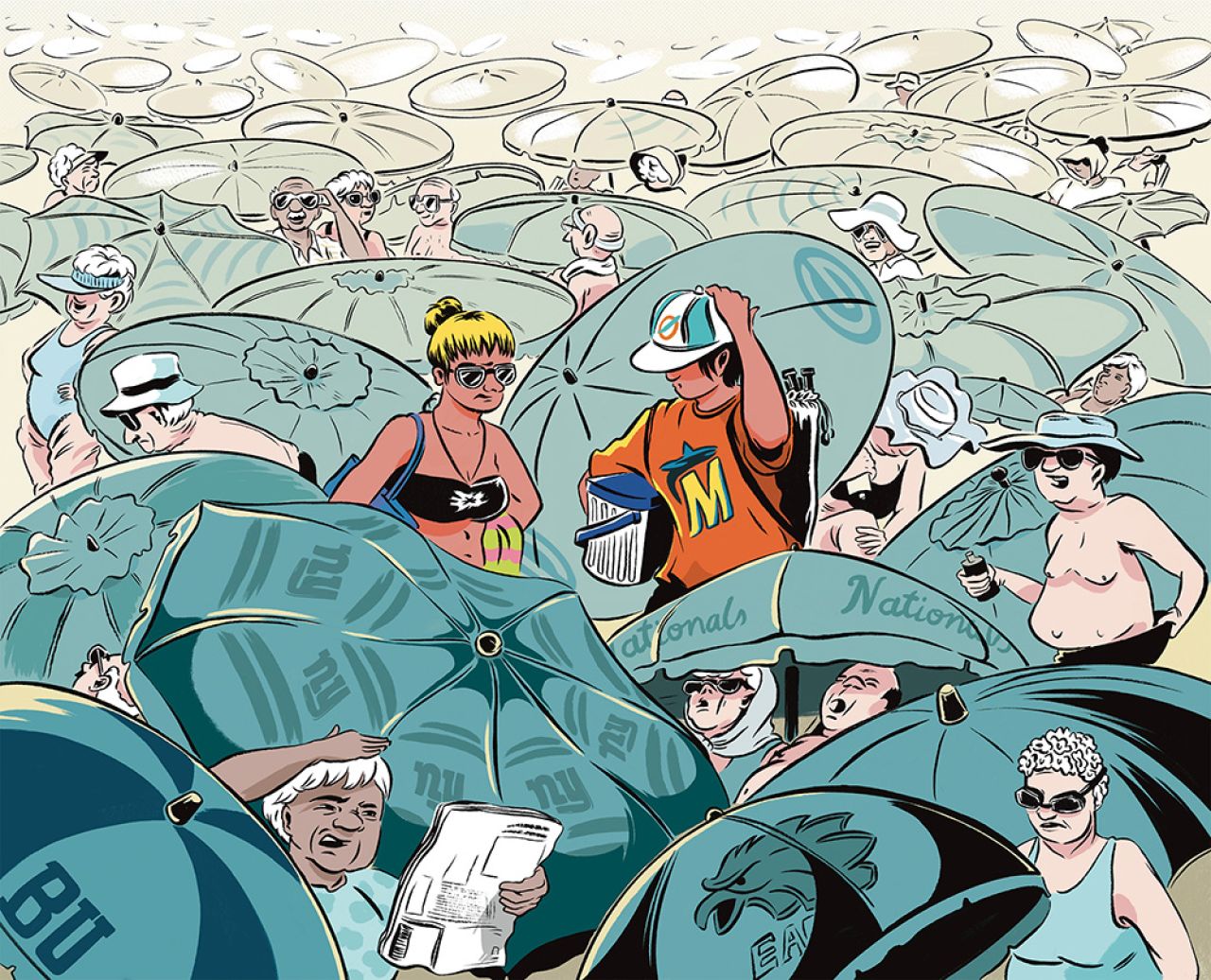
If you read The New York Times, WIRED or Buzzfeed News, chances are you might recognise the artwork of Magaret Flatley. That's because these publications are just some of the many clients that have featured her stunning artwork, which blends a strong grasp of analogue approaches with fantasy elements that crash headlong into the everyday world.
Skeletal rock stars and tired outer-space taxi drivers sit alongside sweltering tourists and overcrowded airport lounges in Margaret's portfolio, offering a tantalising glimpse into her influences and imagination. "I gravitate towards narrative stories with emotional and fantastical elements and enjoy transforming ordinary events into energetic editorial compositions," she tells Creative Boom. "The work of extraordinary comic artists including Seth, Nick Derington, and Jillian Tamaki are huge inspirations both narratively and stylistically."
As a graduate of Communication Design with a focus on Illustration at Washington University In St. Louis, Margaret's career has taken a few twists and turns to get to where it is today. To learn more about her work and the craft of creating it, we sat down with Margaret to chat about her career.
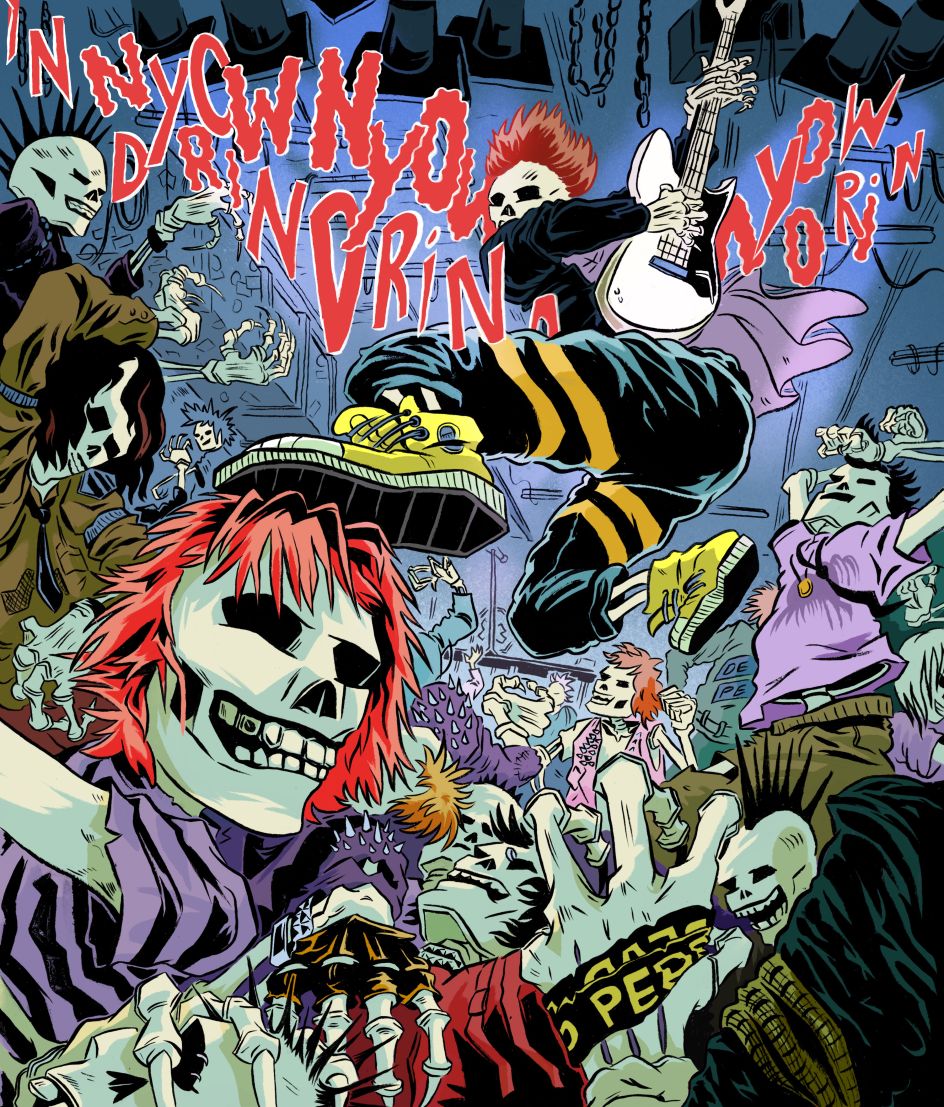
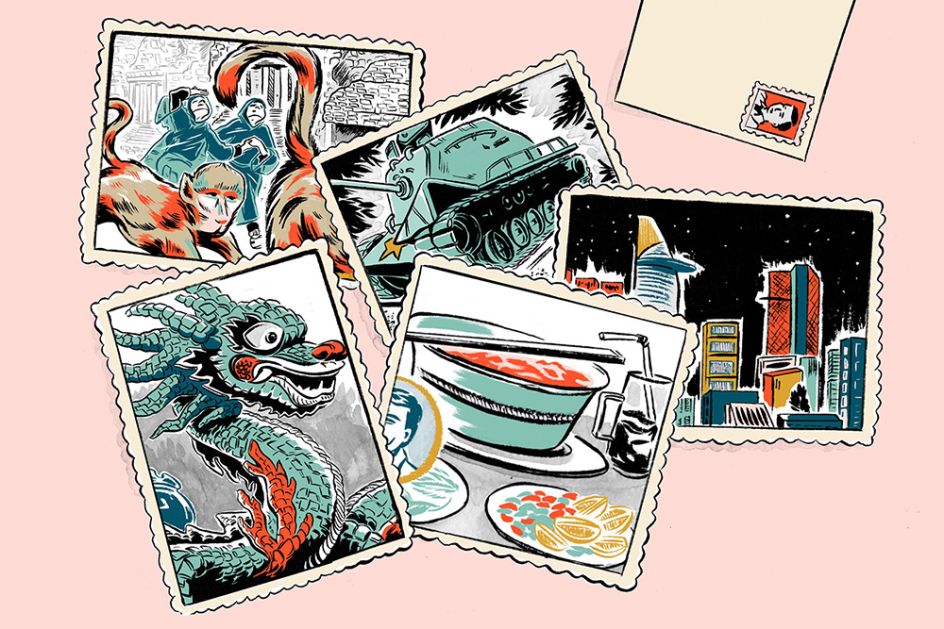
What made you want to switch from communications design to illustration?
To be completely honest, I had no idea what I was doing when I applied to college. I had vague aspirations in animation (without any idea about what the craft actually entailed). I set my sights on schools that excelled in Art and Computer Science.
It took me only three Computer Science classes to realise I loathed coding. The Communication Design (Comm Des) program at Washington University in St. Louis (WashU) was one of the few curriculums left on my list that stressed academic rigour and creative studies.
The program taught me what it takes to be a professional designer, illustrator, and creative, but more importantly, it opened the door to what was possible.
The Communication Design program was unique in that it stressed the importance of the person viewing your work – Is the message being relayed effectively and with your own voice? It asked me to retrain my brain to think about illustration not as a competition for the "prettiest picture" but as a puzzle with infinite right answers.
At the time, I was a very stubborn creator, unwilling to try new modes of storytelling. One particularly formative professor, Doug Dowd, pried the crusty Micron pen I had practically welded to my hand for three years and replaced it with a small brush pen.
He loaned me Seth's 'It's a Good Life, If You Don't Weaken', and from that day forward, I felt like a door had opened to a realm I had never known existed. I owe Doug a great deal for how he pushed me out of my comfort zone and inspired me to take better stock of the creative world around me.
What appeals to you about creating narrative stories?
I'm a chronic overthinker. Though I love the challenge of editorial illustration, storytelling in a comic form has always been far less stressful for me. The work that lingers in my psyche is often art (comics, books, music, movies, etc.) that bowls me over with emotion, so much so that I remember the feeling of watching or reading the material more than the contents of the narrative. I strive to someday instil this same emotional reaction in my work, and the best way I know how to do that is through narrative storytelling.
One of the most emotionally affecting pieces of art I've experienced recently was sitting in a tiny movie theatre watching Skinamarink. I gripped the arms of my chair for ninety straight minutes with absolute terror and awe. Whether or not it's a good movie is hotly debated, but the visceral reaction it produced in me was like nothing I've experienced, and it's the strength of the emotional reaction that I seek to replicate in my own work.
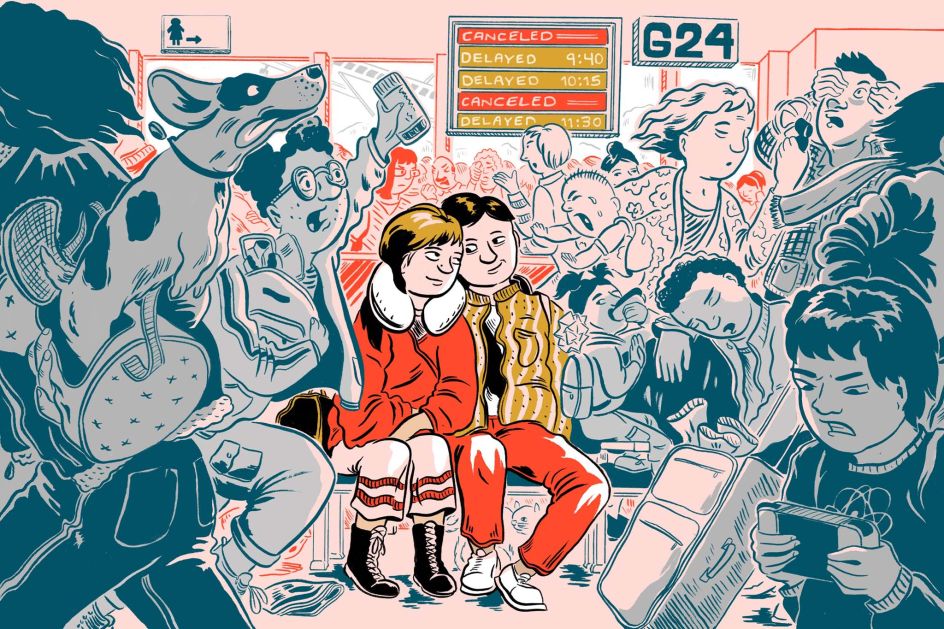
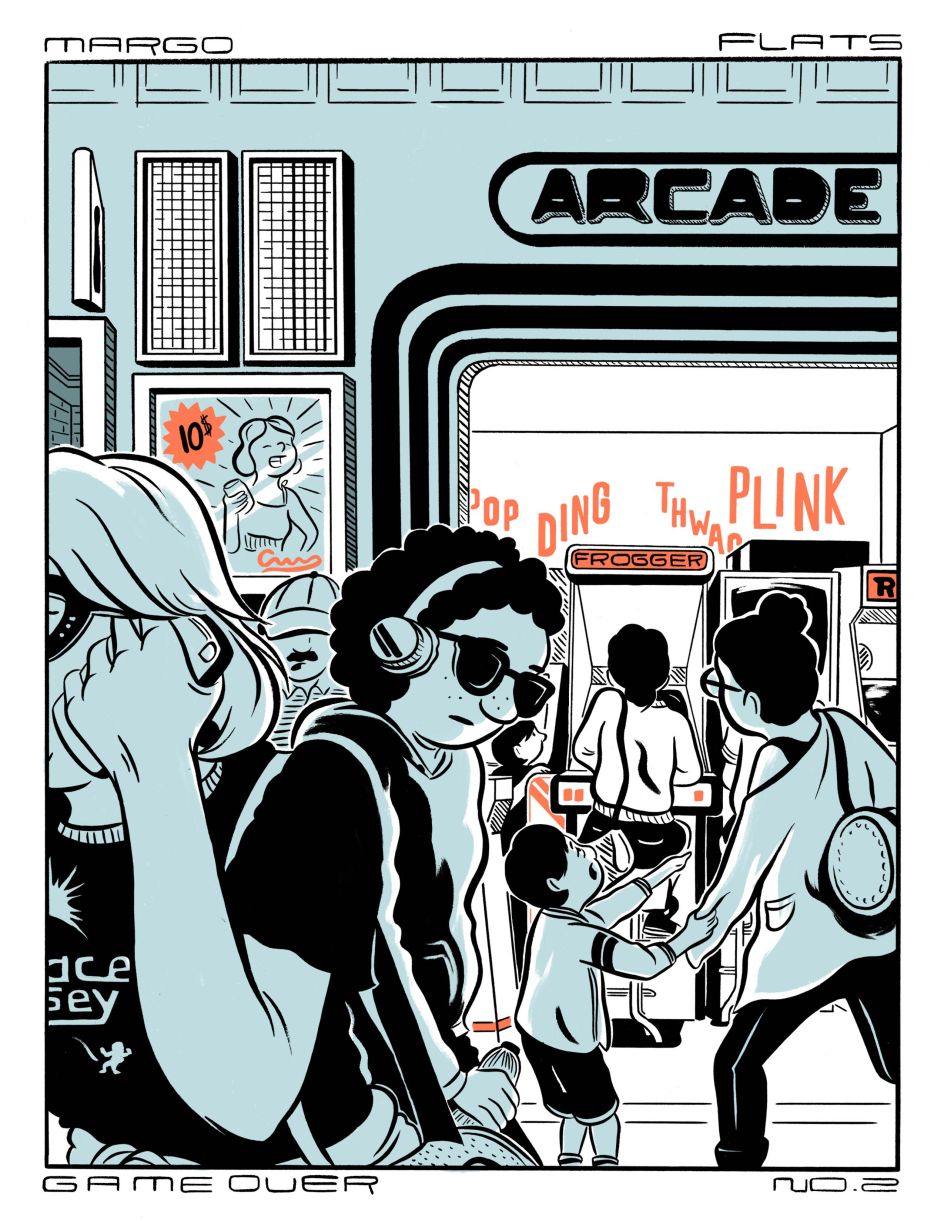
Your work involves a lot of fantastical elements. What makes you want to include these?
It's funny you mention that because, for the longest time, I was hyper-fixated on replicating photos as realistically as I could. But it turns out I'm much better at drawing things that don't exist than replicating photographs.
Fantastical elements are much more entertaining to draw and create because there are no rules except the ones you make for yourself. I can write a story about a demonic swimming pool or a zombie with a penchant for hopeless romanticism – anything I want! That's the beauty of fantastical fiction. My most successful work strikes a happy medium between realism and fantasy.
How has your style evolved over the years?
In high school, I experimented with many different media – oil, acrylic, collage, coloured pencil, etc. Still, for whatever reason, when I started college, I ditched all of that for a .5 Micron pen and digital colour. I hid behind its slender frame for a long time, hesitant to try anything new even though I despised most of what I was creating.
I slowly transitioned from thin pens to brush pens and eventually to brush and ink, and occasionally ink washes. Though I still use Microns here and there, I enjoy the flexibility of the brush that allows for varying stroke widths. There is a beautiful imperfection to using a brush that I can't seem to replicate in programs like Procreate, which is why I rarely ink digitally.
I think I'm finally finding my footing in terms of the style I like and the kinds of stories I want to tell. I was highly influenced by Seth and other cartoonists like Adrian Tomine early in college. More recently, I've fallen in love with Gerard Way's contribution to Doom Patrol, which had an amazing art team, including Nick Derington, whose line work is fantastic. My work tends to be influenced by what I'm most passionately devouring at the time.
Above all else, if my style has evolved, it's because I'm more confident in my work, and I've had many more years of practice. I think I still have a very long evolution ahead of me, which is both exciting and terrifying.
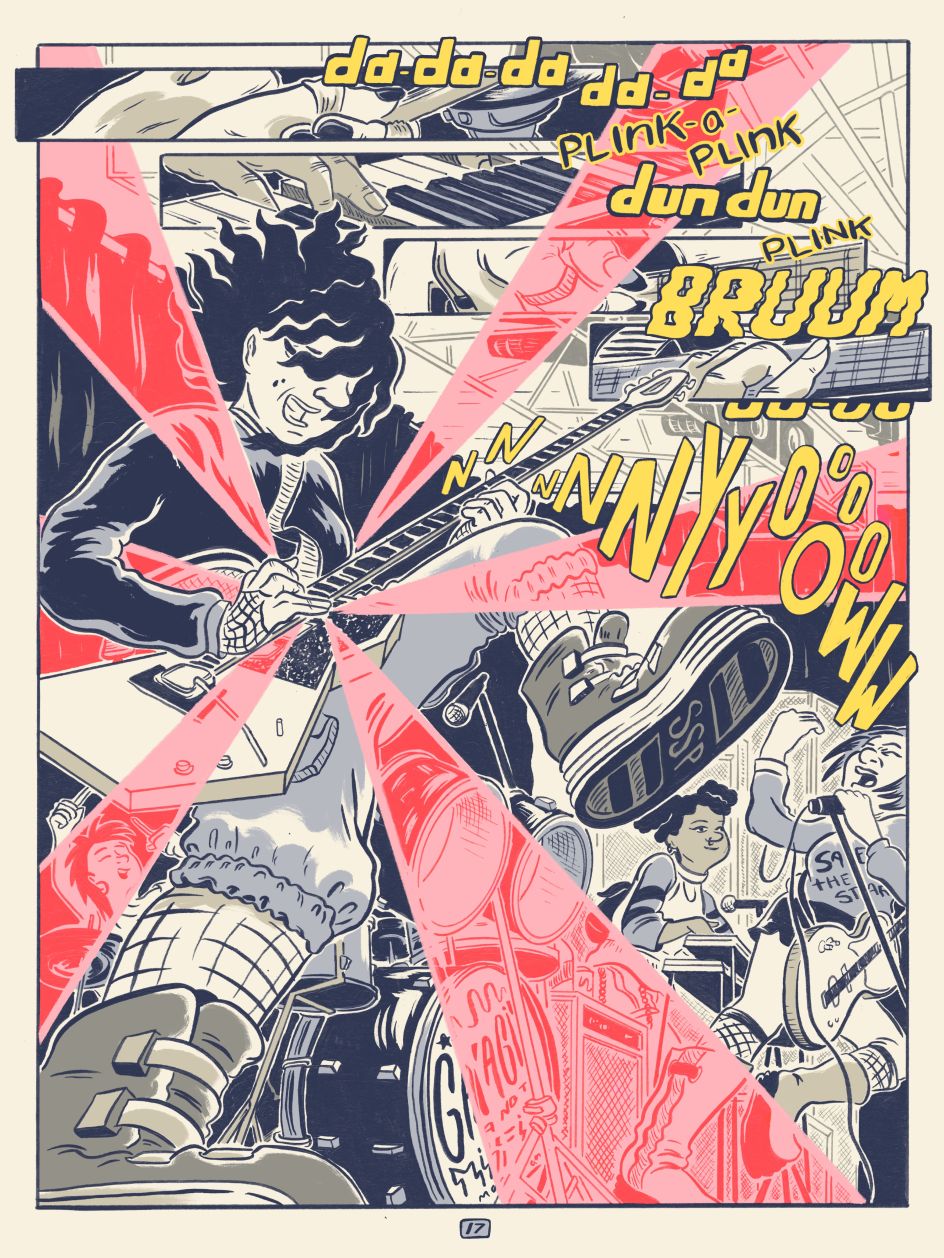
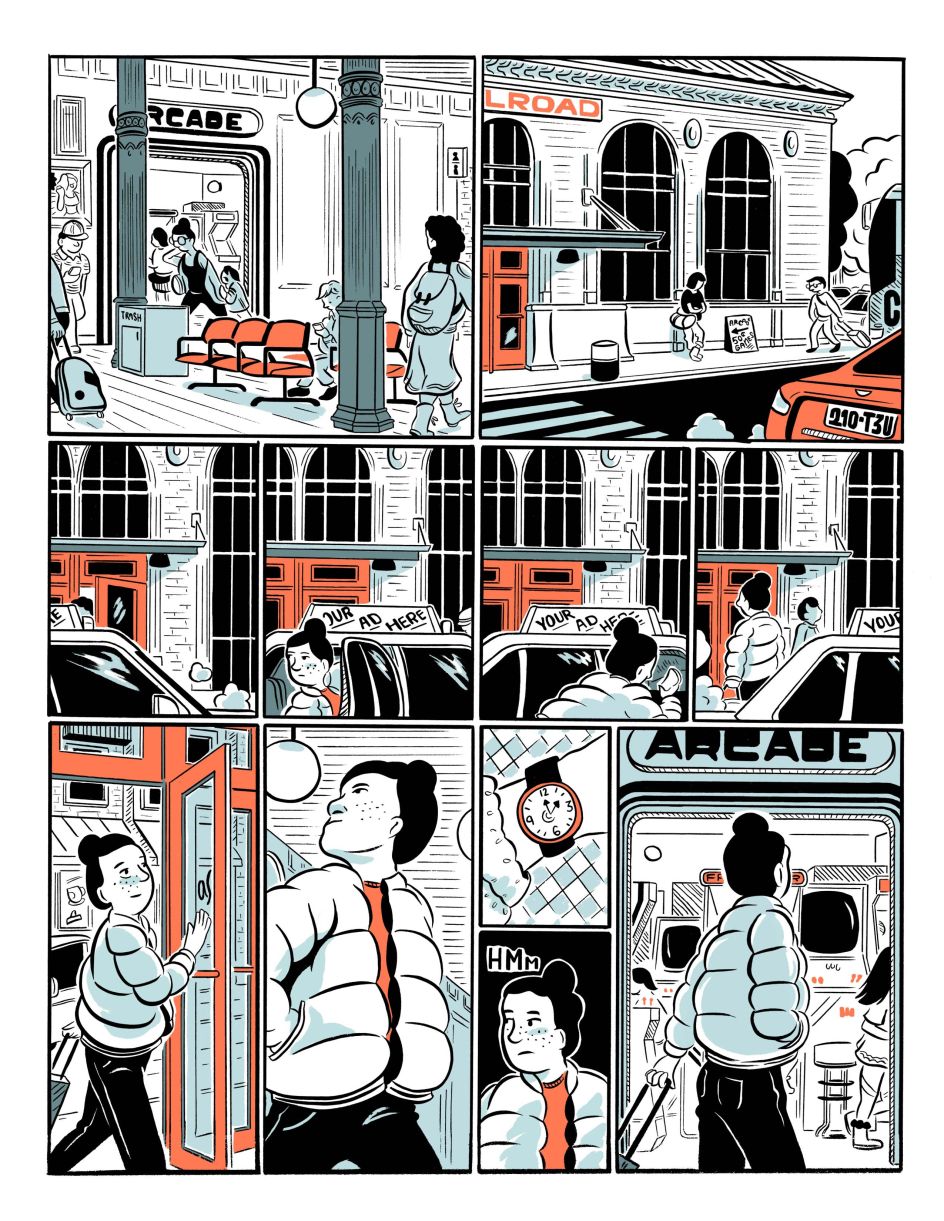
What's the secret to creating an energetic composition?
I'm not sure I have a secret, but whenever I reach a point in a sketch where the composition feels too static, I like to skew perspective. I'll rotate the viewfinder slightly so that the edges of objects are diagonal instead of horizontal. I'll also play with depth perception and move objects closer and further away from the viewer in order to force the viewer's eye to move around the image.
However, there is such a thing as too much movement. I run into this predicament, especially when working with long-form narratives. Sometimes it's only after sketching a full page that I've realised every panel has so much energy that each one is competing for focus. This is a moment where I've scaled back the complexity of a panel in order for it to recede further into the background.
What are you working on at the minute?
I am currently working on a couple of long-form comics, a middle-grade coming-of-age story in which the main characters use the comic medium to solve their problems, and a dystopian sci-fi thriller about letting go of a dream. I hope to have more to share soon, but until then, I'll be writing, thumbnailing, sketching, and inking in my little studio corner.
I'm also submitting a couple of short stories to comic anthologies in the hopes of getting them published later in the year. I'm always taking on new freelance clients, whether in the commercial or editorial sphere, when I'm not working my day job as a Senior Designer at Bustle Digital Media.
Do you have one project you're particularly proud of?
I wish I could share the long-form work I'm in the middle of processing, but until then, I'm most excited about the comics I've written and illustrated for By The Way, The Washington Post's Travel Section. My mum and I spent two amazing weeks travelling through Vietnam and Cambodia at the end of last year, and I wrote about it here.
I got to pour through notes I made from our guides, photos I took along the way, and memories I shared with my mum, which culminated in a project that blended both traditional and digital media in a way that I think is some of my most successful work to date.
